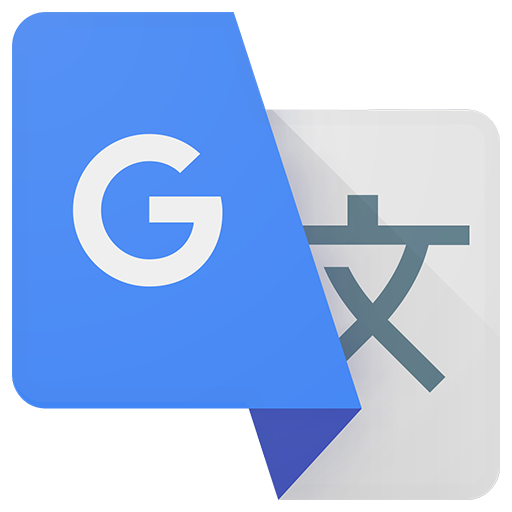Thythorn Field Primary School
Working and Learning Together
As a small primary school, we pride ourselves on knowing each pupil as an individual.
|
Book a tour of our school to explore our spaces, meet our staff and see how we can support your child.
|
We are a one form entry primary school tucked away on the Little Hill estate in Wigston. We are a dedicated team and school community. We are inclusive and proud to be a 'No Outsiders Everyone's Welcome' school. Our children work hard to follow our school rules of 'Ready Respectful Safe' and they strive to 'be the best version of you'.
|
'Thythorn is the most incredible, inclusive school! We looked at loads of schools last year. Thythorn stood out by miles. Thythorn is more than just a school: it's a family. The most incredible, inclusive, supportive school that we were lucky enough to find.' Parent Quote
|
By placing wellbeing and support at the heart of learning, our pupils thrive personally and excel academically.
Last year we had some amazing results (SATs 2024). 77% of our EYFS children achieved a Good Level of Development (compared to 69% locally and 67% nationally). 85.7% of our Year 1 children passed the Phonics Screen (compared to 81.5% locally and 80.2% nationally).
Applications are welcome from families who live in and out of our catchment area.







